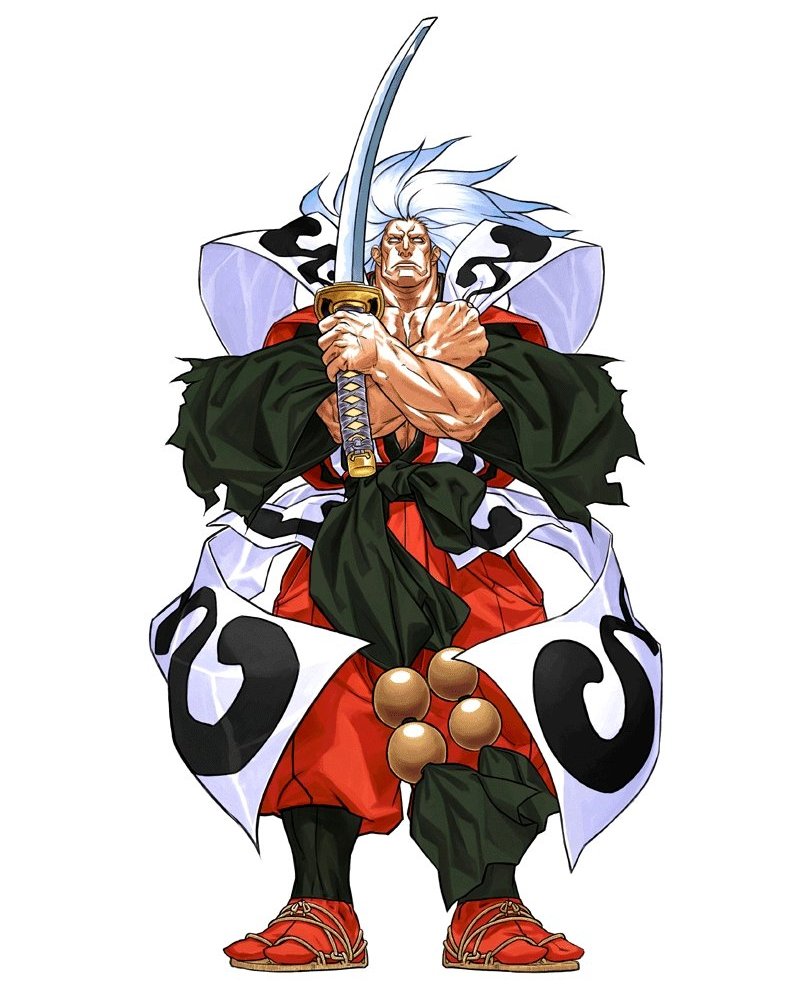
Although this decision was critiqued internally by SNK, Adachi continue working with this concept in mind, in the end this helped to produce tension and drama on gamers while facing each other, where each risk or error could determine a match. He reflected this in-game with the bombastic amount of damage when a player suffers the attack of a Strong Slash.

The idea of a fighting game “weapon vs weapon” was also a contribution of Adachi because he and his team wanted to capture the horror of dealing with deadly weapons like a sword or katana.

Then Adachi switch the development direction towards a fighting game with typical warrior classes from the Japanese folklore as ninjas and ronin-like swordsmen, this decision was made keeping in mind good sales around the world. The goal of the Adachi team was reproduce the coolness of the ninja and samurai films with all kind of crazy attacks, damage level, and the exciting of the steel-weapong clashing. Gameplay ideas like Locking Swords and Sword Stun were sketched during this time. The second stage of this development was known within SNK as "The Samurai", adding 2 player mode and more characters that later would be the inspiration for Wan-Fu, Galford, Haohmaru, and Hanzo. The protagonist of this cancelled project was an anti-hero with green skin and “scissor-hands” this character managed to make the jump into the first Samurai Shodown, now better known as Genan Shiranui. Meanwhile, SNK producer Yasushi Adachi was in early stages of the development of a 2D side-scrolling beat ‘em up (working title "Ninja Wars") where the player had to face numerous creatures, mixing ideas from Golden Axe and King of Monsters. With company veterans and Capcom’s former employees the first 3 titles under this genre were Fatal Fury, Fatal Fury 2, and Art of Fighting for the Neo Geo Multi Video System. SNK Corporation was among such companies, adding new features on each game to appeal gamers.

Following the release of the highly successful Street Fighter II: The World Warrior (Capcom, 1991), more companies ventured to launch 1vs1 fighting games to arcade or home consoles like to capitalize the trending with different degrees of success.


 0 kommentar(er)
0 kommentar(er)
